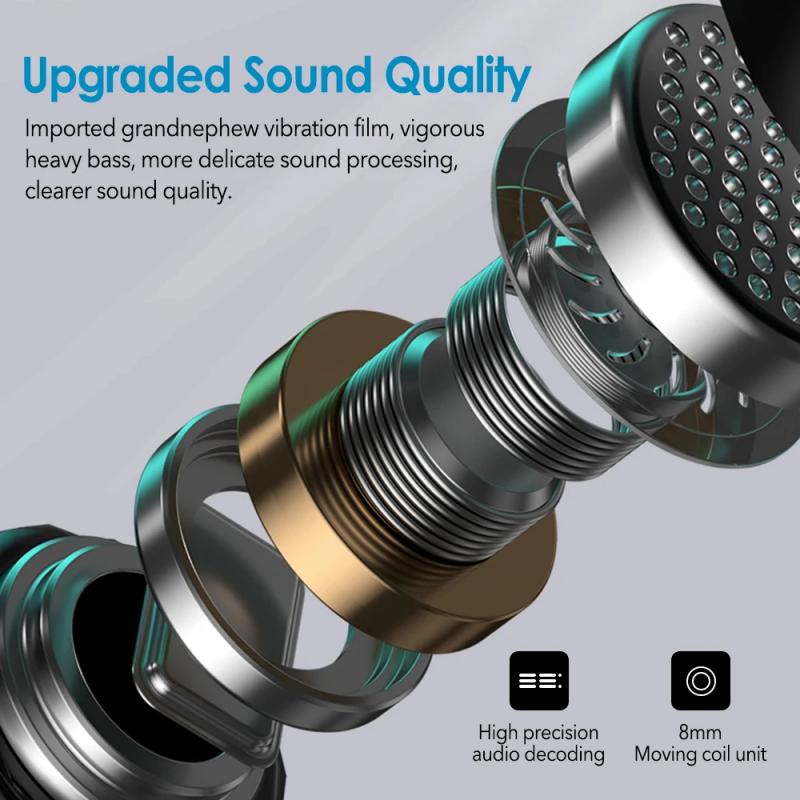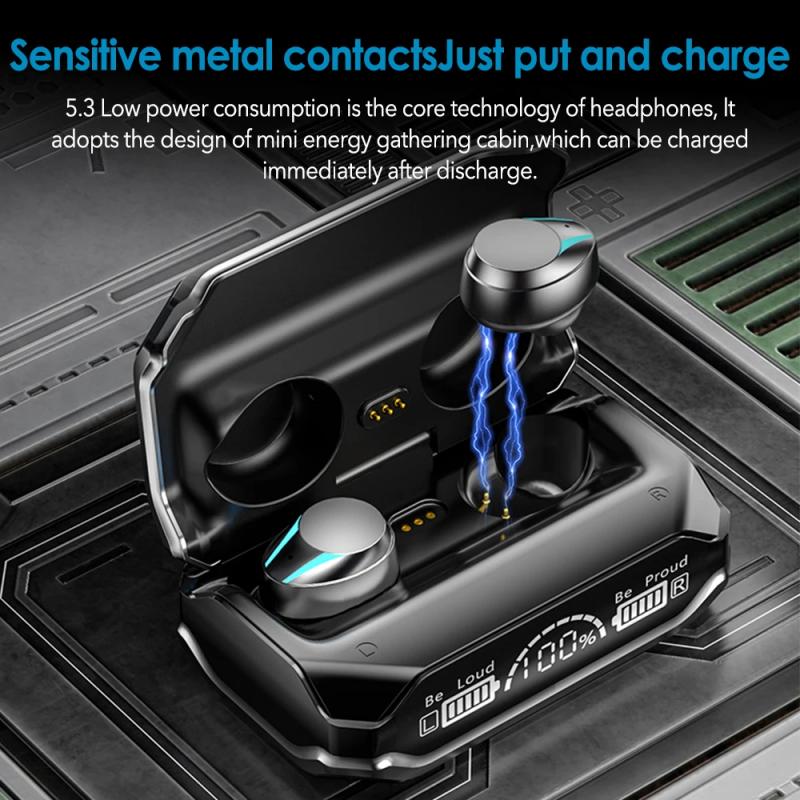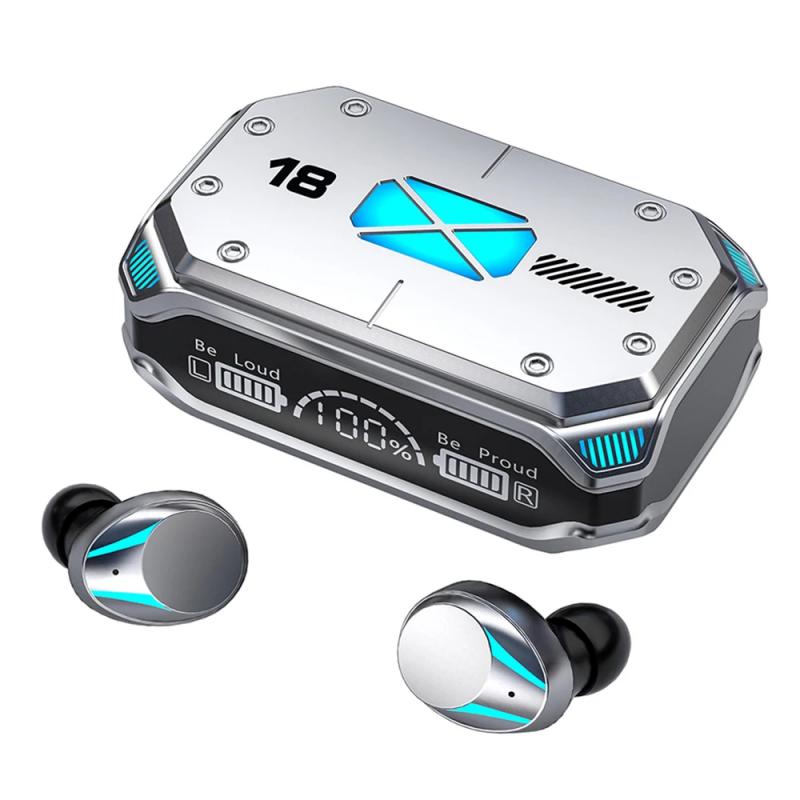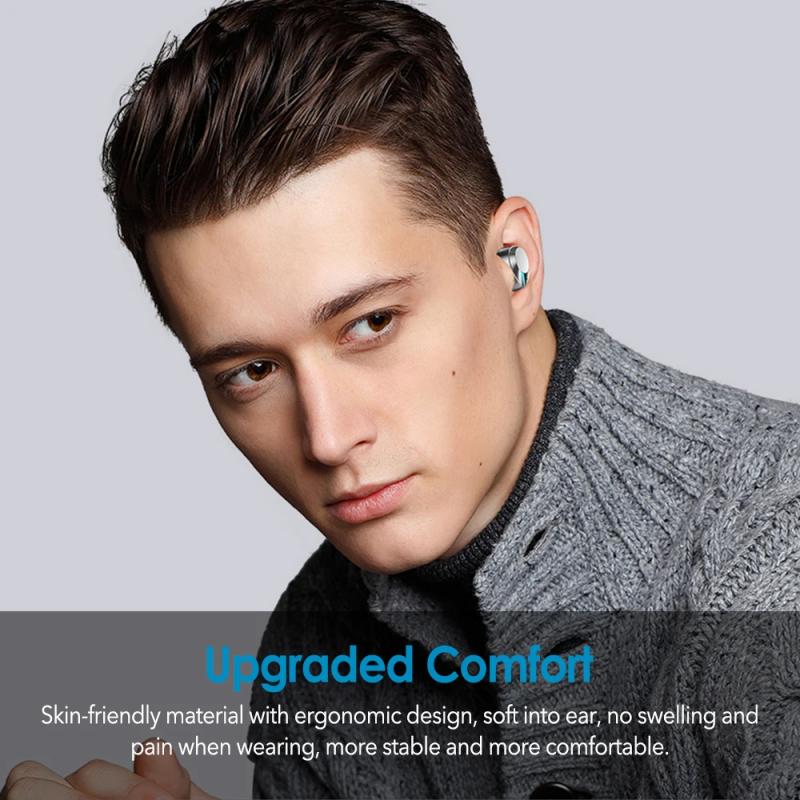How To Wear Wired Earbuds?
Wearing wired earbuds might seem straightforward, but achieving the perfect fit and optimal sound quality can be a challenge. Whether you're trying to enjoy music, take calls, or block out external noise, understanding how to properly wear these earbuds can significantly impact your listening experience. In this article, we'll explore various practical tips and techniques to ensure you are getting the most out of your wired earbuds.
Understanding Earbuds: Types and Features

Before delving into wearing techniques, it's crucial to understand the different types of earbuds available. Wired earbuds generally come in several designs:
1. In-ear monitors (IEMs): These are inserted into the ear canal and often offer superior sound isolation and quality.
2. Earbuds with ear hooks: Designed to wrap around the outer ear, these provide a more secure fit, ideal for activities such as running or exercising.
3. Standard earbuds: These sit in the outer ear without additional support.
Each type has its advantages, and the choice largely depends on personal preference, comfort, and intended use. Regardless of type, the goal is to ensure that your earbuds sit comfortably without falling out and deliver sound directly to the eardrum without obstruction.
Step-by-Step Guide on Wearing Wired Earbuds

1. Choose the Right Ear Tips:
Most in-ear monitors come with a variety of ear tip sizes and materials, including foam, silicone, and hybrid options. Choosing the right size is paramount:
- Foam Tips: These provide a snug fit and excellent noise isolation. They adapt to the shape of your ear canal but may wear out faster than silicone tips.
- Silicone Tips: More durable and often more comfortable for long periods. They might not offer the same level of isolation as foam but are easier to clean.
- Hybrid Tips: Combine the benefits of foam and silicone. These provide good noise isolation and durability.
Try different sizes to see which ones fit comfortably in your ear canal, creating a seal without causing discomfort.
2. Insertion Technique:
Proper insertion is key to comfort and sound quality. Here’s a simple technique that works for most earbuds:
- Hold the Earbud: Firmly grip the earbud with your thumb and forefinger.
- Pull Back the Ear: With your opposite hand, gently pull back the upper part of your ear to straighten the ear canal.
- Insert the Earbud: Slide the ear tip into your ear canal, releasing your ear after it’s in place.
This technique ensures a deeper insertion and better sound isolation.
3. Adjust for Comfort and Stability:
Once inserted, adjust the earbuds to ensure they’re comfortable and stable. If your earbuds come with ear wings or hooks, secure these around your ears.
- Tighten the Fit: For earbuds with adjustable clips or ear hooks, ensure they’re snug against your ear.
- Cable Management: Loop the cable over your ear for added stability, especially if you're moving around a lot. This can also help reduce cable noise.
4. Test for Seal and Sound Quality:
A proper seal is essential for blocking external noise and maximizing bass response. To test:
- Play a track with a wide range of frequencies.
- If you notice a lack of bass or excessive outside noise, try adjusting the fit or changing the ear tips.
Troubleshooting Common Issues

1. Earbuds Falling Out:
This is a common problem for many users. Solutions include:
- Changing ear tips to a larger size for a tighter fit.
- Ensuring the cable is properly managed and not pulling on the earbuds.
- Opting for earbuds with additional support like ear hooks.
2. Discomfort or Pain:
Ear pain can occur if the earbuds don’t fit well. Solutions include:
- Switching to a softer ear tip material like foam.
- Trying a smaller ear tip size.
- Taking regular breaks to prevent ear fatigue.
3. Poor Sound Quality:
If you experience muffled or poor sound:
- Check that the ear tips are clean and not blocking the sound canal.
- Ensure a tight seal. A poor fit can allow external noise, diminishing sound quality.
- Test with different devices to rule out connectivity or device-specific issues.
Maintenance Tips for Wired Earbuds

To maximize the lifespan and performance of your earbuds, consider these maintenance tips:
- Regular Cleaning: Clean ear tips and mesh regularly to prevent buildup of earwax and debris, which can block sound.
- Proper Storage: Store them in a case to prevent tangles and protect the cable from damage.
- Gentle Handling: Avoid pulling on the cable and wrap them carefully.
- Avoid Moisture: Exposure to water or sweat can damage the drivers. Use sweat-resistant earbuds for workouts.
When to Consider Upgrading
If you've tried all the techniques above and still find your earbuds uncomfortable or unsatisfactory, it might be time to consider an upgrade. Features to look for in replacement earbuds include:
- Enhanced sound quality and noise isolation.
- Customizable ear tips.
- Additional features like in-line controls and microphones for improved functionality.
Wearing wired earbuds correctly can enhance your audio experience and keep you comfortable, whether you're commuting, working out, or relaxing at home. By choosing the right ear tips, mastering the insertion technique, and solving common fit problems, you can enjoy better sound and comfort. Additionally, proper care and maintenance will ensure that your earbuds last longer and perform better. Whether you're an audiophile or just a casual listener, these tips can help you get the most out of your wired earbuds, turning your listening sessions into a more enjoyable experience.
